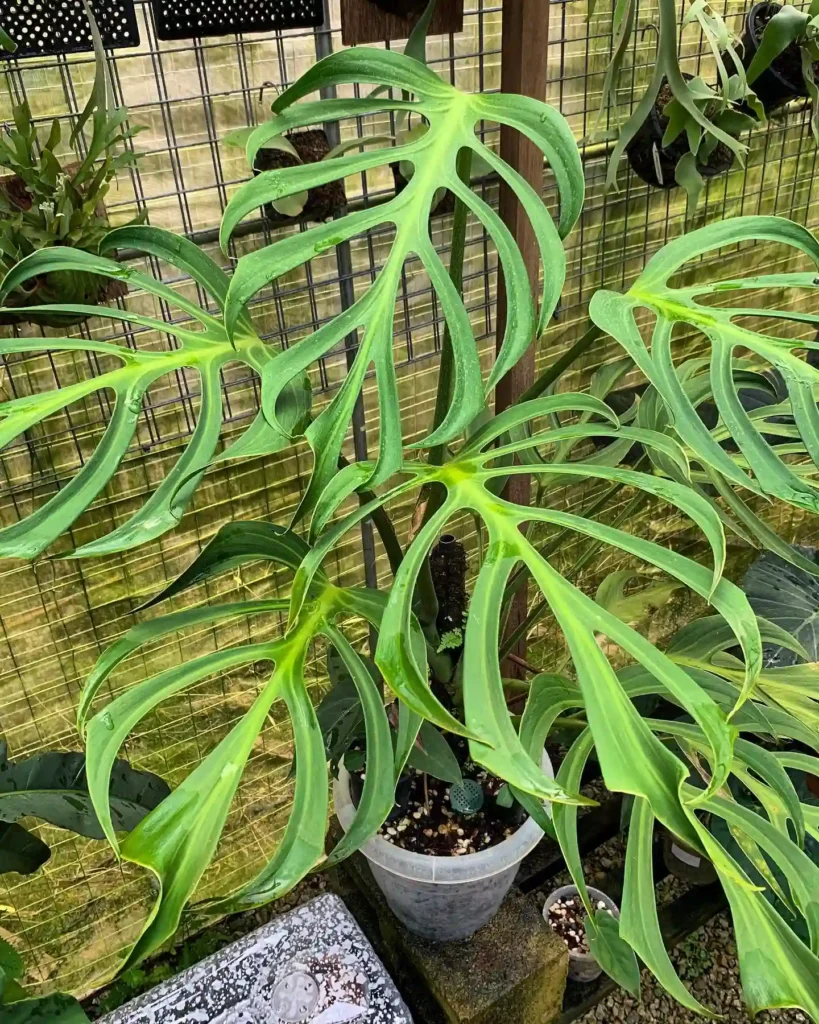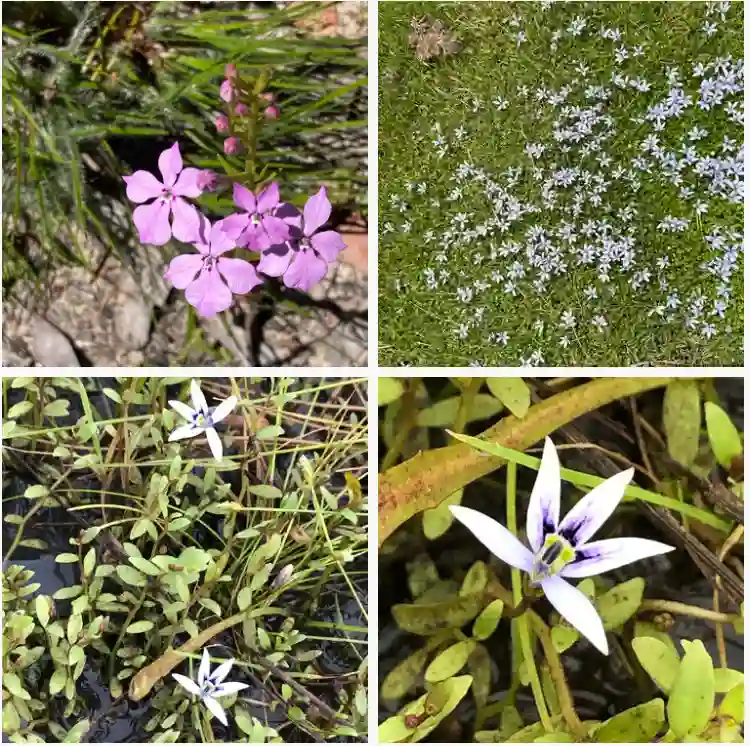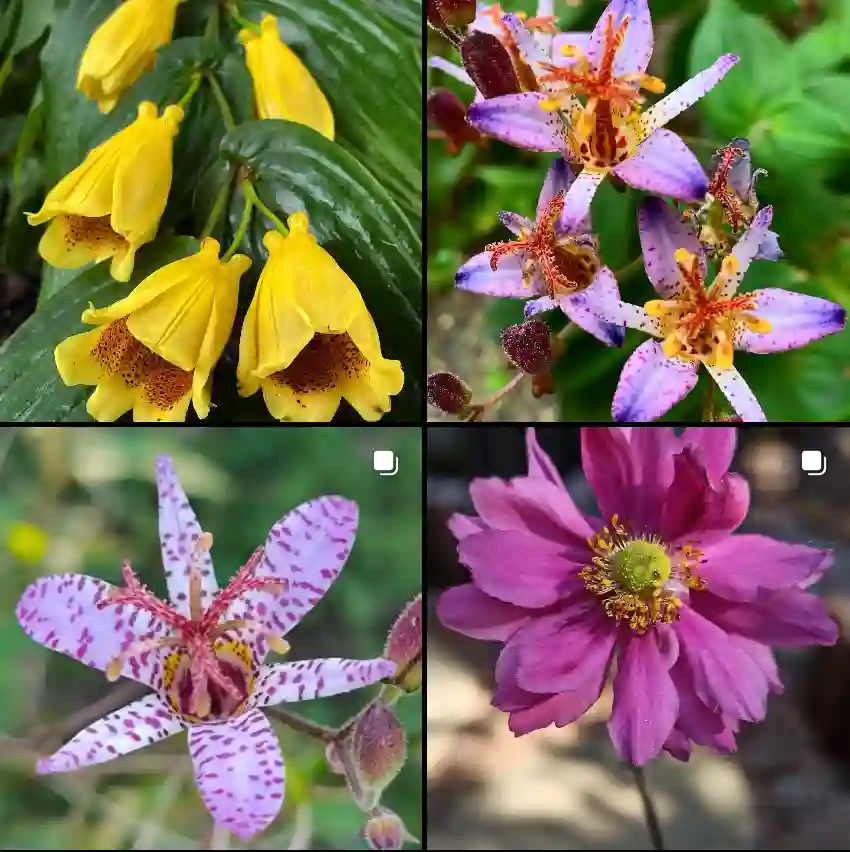FAQs About Clematis Armandii
I’ve had quite a journey with Clematis Armandii, and it’s become one of my favorite climbing plants. This evergreen beauty is known for its lush foliage and stunning flowers, but there are a lot of questions that come up about how to grow and care for it. Here’s a comprehensive guide based on my experiences and research.
391 Species in Genus Clematis
How Fast Does Clematis Armandii Grow?
Clematis Armandii is a vigorous grower. Under optimal conditions, it can grow 6 to 10 feet in a single season. It’s a fast climber, making it ideal for covering trellises, arbors, or walls quickly. However, its growth rate can vary depending on soil quality, sunlight, and care.
How to Plant Clematis Armandii?
Planting Clematis Armandii requires a bit of preparation. Start by selecting a well-draining location with partial to full sun. Dig a hole twice the width of the root ball and mix in some compost to enrich the soil. Place the plant in the hole, making sure the top of the root ball is level with the soil surface. Water thoroughly after planting and mulch around the base to retain moisture and suppress weeds.
How to Propagate Clematis Armandii?
Propagating Clematis Armandii is usually done through cuttings or division. For cuttings, take a 4-6 inch stem in early summer, ensuring it has at least one leaf node. Dip the cut end in rooting hormone, then plant it in a pot filled with a mix of sand and peat. Keep the soil moist and provide indirect light until roots develop. For division, dig up the plant in early spring or fall, separate the root ball into sections, and replant.
How to Prune Clematis Armandii?
Pruning Clematis Armandii helps maintain its shape and encourages blooming. I usually prune it after the main flowering period, which is in late spring or early summer. Cut back any dead or damaged stems and trim back overgrown vines to keep the plant tidy. Avoid heavy pruning, as this can reduce the blooming potential.
Is Clematis Armandii Evergreen?
Yes, Clematis Armandii is an evergreen plant. Its glossy, dark green leaves remain on the plant throughout the year, providing constant coverage and beauty.
When to Plant Clematis Armandii?
The best time to plant Clematis Armandii is in the spring or fall. This timing allows the plant to establish its roots before the heat of summer or the frost of winter. Avoid planting during extreme temperatures, as this can stress the plant.
When to Prune Clematis Armandii?
Prune Clematis Armandii after the flowering season. Late spring or early summer is the ideal time. This allows you to remove spent blooms and shape the plant without affecting the next season’s flowers.
Where to Buy Clematis Armandii?
You can buy Clematis Armandii from local nurseries, garden centers, or online retailers. Look for reputable sellers that specialize in clematis or climbing plants to ensure you get a healthy specimen.
Can Clematis Armandii Be Grown in a Pot?
Yes, Clematis Armandii can be grown in a pot, making it suitable for patios or balconies. Use a large pot with good drainage and a rich potting mix. Regular watering and feeding are essential to keep the plant healthy in a container.
Is Clematis Armandii Toxic to Dogs?
Clematis Armandii is not listed as highly toxic to dogs, but it can cause mild gastrointestinal upset if ingested. Keep an eye on your pets and discourage them from chewing on the plant.
Why Is My Clematis Armandii Dying?
Several factors can cause Clematis Armandii to decline. Common issues include improper watering (either too much or too little), poor soil drainage, and exposure to extreme temperatures. Check for signs of pests or diseases and ensure the plant is in the right location and receiving appropriate care.
Will Clematis Armandii Grow in Shade?
Clematis Armandii prefers partial to full sun for optimal growth and flowering. It can tolerate some shade but may not bloom as profusely. A spot with morning sun and afternoon shade works well.
How Far Apart to Plant Clematis Armandii?
When planting Clematis Armandii, space the plants about 2 to 3 feet apart. This spacing allows the vines to spread and climb without overcrowding each other.
How Long Does Clematis Armandii Bloom?
Clematis Armandii typically blooms in late winter to early spring, depending on the climate. The flowering period can last several weeks, showcasing fragrant white or creamy flowers that are a highlight in the garden.
What to Plant with Clematis Armandii?
Clematis Armandii pairs well with other climbing plants and shrubs. Consider planting it alongside roses, honeysuckle, or ornamental grasses. These companions can enhance the visual appeal and provide a varied texture in your garden.
Clematis Armandii vs Star Jasmine
Clematis Armandii and Star Jasmine are both popular climbers but differ in several ways. Clematis Armandii is known for its evergreen foliage and late winter blooms, while Star Jasmine (Trachelospermum jasminoides) offers fragrant summer blooms and a more vigorous growth habit. Choose based on your climate and desired blooming period.
Clematis Armandii vs Apple Blossom
Clematis Armandii and Clematis Apple Blossom both offer beautiful flowers but have distinct characteristics. Clematis Armandii blooms in early spring with evergreen leaves, while Clematis Apple Blossom features pink blooms and may not be evergreen. Apple Blossom also has a more compact growth habit compared to the vigorous Clematis Armandii.
Conclusion
Clematis Armandii is a fantastic choice for anyone looking to add an evergreen climbing plant with beautiful blooms to their garden. With the right care, planting, and pruning techniques, it can thrive and provide year-round interest. Whether you’re dealing with growth issues, wondering about plant companions, or comparing it to similar plants, I hope these FAQs help you make the most of this stunning climber.
If i die, water my plants!



